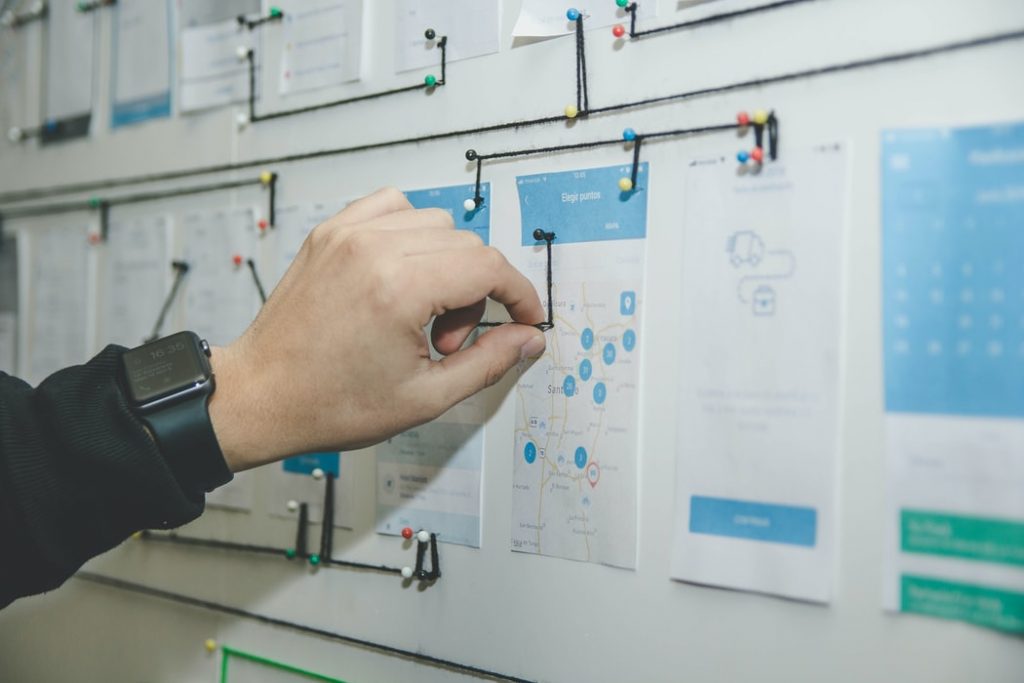In this article, we will discuss the product discovery framework.
What is it, and why is it necessary for your next business?
What is the Product Discovery Framework?
The product discovery framework is the application of two main activities. It is the exploration and validation. Moreover, these activities will prove your product ideas and solutions.
We want our product to match our business’ vision. And this framework will help you achieve that.
Objective
The first part of the framework is objective. It can be your company’s goal.
Also, it can be the problem of your growth or your product roadmap. This step is vital for the product discovery process.
After defining your objective, you should do the following steps:
- Get a product team
- Make a collaborative environment
- Create project alignment
Exploration
The second part of the framework is the exploration loop. It involves exploring your problem space.
In this step, you will understand what your customer needs. Then, you will also combine research techniques to get valuable insights.
The results of this part are the best ideas you can produce. Also, you will determine how you can provide solutions for your customers’ problems.
This step has three phases:
- Research
- Thought Process
- Evaluate
Research
This part will help you understand your users’ and potential customers’ needs. You can perform two types of research techniques: qualitative and quantitative.
Also, qualitative involves observation and interviews with your customer. And quantitative involves surveys and market research.
Once you know what your customer needs, you will be able to make innovative solutions.
Thought Process
This part will help you discover opportunities. These opportunities allow you to achieve or improve the results of your research.
Evaluate
This part will help you prioritize the opportunities you discovered from the thought process. Then, it allows you to move forward to the next part of the framework.
Validation
The third part of the framework is the validation loop. It involves exploring your solution space.
It has three levels of validation, namely:
- Prototypes
- Tests
- Insights
Prototypes
This level will help you determine the accuracy of your product plan.
Tests
This level will help you perform experiments. It will organize your hypothesis and design.
Insights
The last level is insights. This will help you make sense of your data from the prototypes and tests. Then, you’ll know if your validation is good for delivery, go back, kill, or pivot.
Decision Point
The fourth part of the framework is the decision point. After validation, you must decide what to do next:
- Kill – your hypothesis is not valid. So, you do not proceed with your idea.
- Pivot – you learn something new that requires more research. So, you go back to the exploration part. Then, you perform more research.
- Persevere – your insights are not conclusive. So, you continue in the validation loop. Then, you perform more experiments.
Summary
Product discovery is not a one size fits all process. It is often unpredictable. Also, the type and size of work may vary depending on the product solution.
We hope this article helps you develop your product discovery steps.


